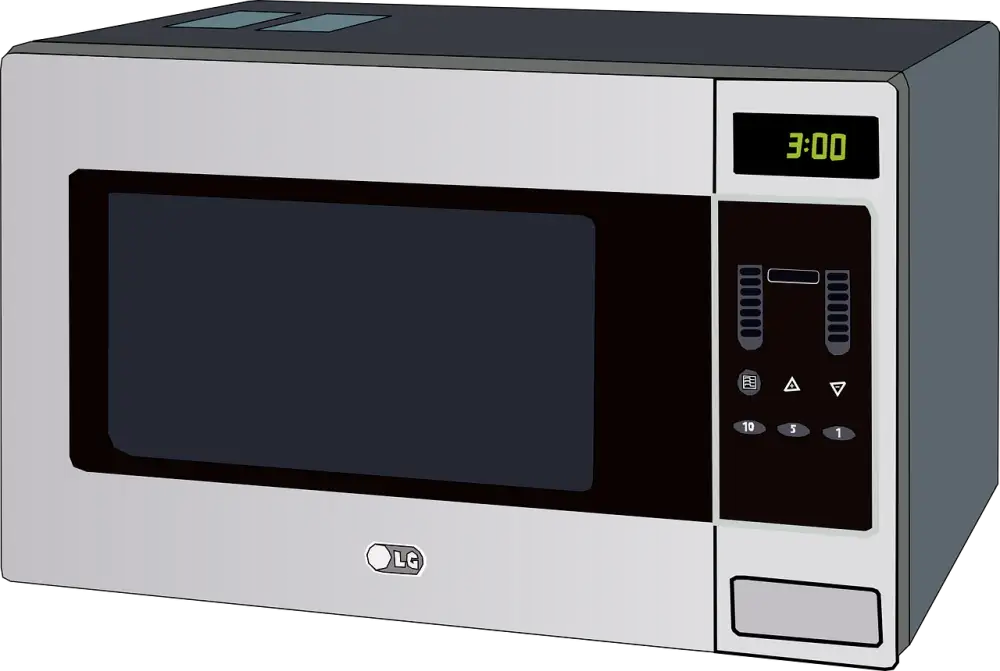Mastering Your Convection Oven: Essential Tips for Home Cooks

- Understanding the Difference Between Convection and Conventional Ovens
- Preheating Your Convection Oven
- Adjusting Cooking Temperatures and Times
- Proper Placement of Baking Trays and Racks
- Utilizing the Convection Fan Effectively
- Tips for Cooking Multiple Dishes Simultaneously
- Cleaning and Maintenance of Your Convection Oven
- Troubleshooting Common Issues
Convection ovens are a game-changer in the world of home cooking, offering faster and more even cooking results compared to conventional ovens. The key feature that sets convection ovens apart is the presence of a fan inside the oven cavity. This fan circulates hot air around the food, ensuring that heat is distributed evenly for consistent cooking. By understanding how to properly utilize this technology, home cooks can achieve professional-level results with their dishes. In this article, we will explore essential tips for mastering your convection oven and elevating your culinary creations at home.
Understanding the Difference Between Convection and Conventional Ovens
Understanding the difference between convection and conventional ovens is crucial for mastering your convection oven. Conventional ovens rely on radiant heat that surrounds the food to cook it. In contrast, convection ovens have a fan and exhaust system that circulates hot air around the food, cooking it more evenly and efficiently. This circulating air reduces hot spots and allows for quicker cooking times. As a result, convection ovens are ideal for baking, roasting, and crisping foods. It's important to note that when using a convection oven, recipes may need slight adjustments in temperature and cooking time compared to conventional oven recipes.
Preheating Your Convection Oven
Preheating your convection oven is crucial for optimal cooking results. Unlike conventional ovens, convection ovens require less preheating time due to their efficient heat distribution. Typically, preheat your convection oven 25 degrees Fahrenheit lower than the recipe suggests to account for the fan's circulation of hot air. This adjustment ensures that your food cooks evenly and efficiently. Always wait for the preheat indicator to signal that the oven has reached the desired temperature before placing your dishes inside to guarantee consistent and reliable cooking outcomes.
Adjusting Cooking Temperatures and Times
Adjusting cooking temperatures and times is crucial when using a convection oven. As a general rule of thumb, it is recommended to reduce the temperature by 25 degrees Fahrenheit compared to a conventional oven. This adjustment helps ensure even cooking and prevents dishes from drying out. Additionally, you may need to decrease cooking times by about 25% due to the efficient heat distribution in convection ovens. It's important to monitor your food closely, especially when trying new recipes, to achieve perfect results every time.
Proper Placement of Baking Trays and Racks
When using a convection oven, it's crucial to place baking trays and racks in the correct positions to ensure even cooking. For optimal air circulation, leave at least 1-2 inches of space between pans and the oven walls. Position trays in the center of the oven to allow hot air to circulate evenly around them. Avoid overcrowding trays to prevent obstructing airflow, which can result in unevenly baked goods. Additionally, rotating trays halfway through cooking can help achieve consistent results across all items being baked. Mastering proper tray placement is key to maximizing the benefits of your convection oven for perfectly cooked dishes every time.
Utilizing the Convection Fan Effectively
Utilizing the convection fan in your oven effectively is key to maximizing its potential. The fan helps to circulate hot air evenly around the food, resulting in faster and more even cooking. To make the most of this feature, ensure that there is enough space between dishes for proper air circulation. Avoid overcrowding the oven, as this can hinder the fan's ability to distribute heat evenly. Additionally, use lightweight and shallow pans to allow air to flow freely around the food. By utilizing the convection fan effectively, you can achieve perfectly cooked dishes with consistent results every time.
Tips for Cooking Multiple Dishes Simultaneously
When cooking multiple dishes simultaneously in a convection oven, it's crucial to consider the airflow and spacing. Place dishes that require similar temperatures together on the same rack to ensure even cooking. Avoid overcrowding the oven to allow hot air to circulate freely around each dish. If necessary, rotate the trays halfway through the cooking process for consistent results. Additionally, use lightweight and light-colored pans to prevent uneven browning due to excessive heat absorption. By following these tips, you can efficiently prepare a variety of dishes at once with your convection oven.
Cleaning and Maintenance of Your Convection Oven
Cleaning and maintaining your convection oven is essential for its optimal performance and longevity. Start by allowing the oven to cool completely before cleaning. Remove any food residue or spills with a damp cloth or sponge. For stubborn stains, use a mild detergent or baking soda paste. Remember to clean the convection fan and vents regularly to prevent buildup that can affect airflow. Replace any worn-out seals or gaskets to ensure proper insulation. Lastly, schedule professional maintenance at least once a year to keep your convection oven in top shape.
Troubleshooting Common Issues
1. Uneven Cooking: If you notice that your food is cooking unevenly in the convection oven, try rotating the baking trays halfway through the cooking process to ensure even heat distribution.
2. Food Browning Too Quickly: If your food is browning too quickly on the outside but remains undercooked inside, lower the temperature by about 25 degrees Fahrenheit and cover the dish with foil to prevent further browning.
3. Excessive Drying Out: To prevent dishes from drying out in a convection oven, reduce the cooking time or lower the temperature slightly. You can also use a water bath or cover dishes with a lid or foil to retain moisture.
4. Fan Not Working: If you notice that the convection fan is not working properly, check for any obstructions blocking the fan blades. If there are no visible issues, it may be a sign of a malfunctioning fan that requires professional repair.
By addressing these common issues proactively, you can ensure optimal performance and delicious results from your convection oven every time.
**Conclusion and Final Tips for Optimal Convection Oven Usage**
In conclusion, mastering your convection oven can greatly enhance your cooking experience at home. By understanding the difference between convection and conventional ovens, preheating properly, adjusting temperatures, and utilizing the convection fan effectively, you can achieve better results in less time.
To optimize your convection oven usage, remember to always place baking trays and racks in the correct positions for even cooking. Additionally, take advantage of the convection fan by allowing it to circulate hot air efficiently around your dishes.
When cooking multiple dishes simultaneously, be mindful of temperature adjustments and rotating trays for consistent results. Lastly, regular cleaning and maintenance of your convection oven will ensure its longevity and performance.
By following these final tips and incorporating them into your culinary routine, you'll be able to harness the full potential of your convection oven for delicious meals every time. Happy cooking!
Published: 06. 03. 2024
Category: Home



